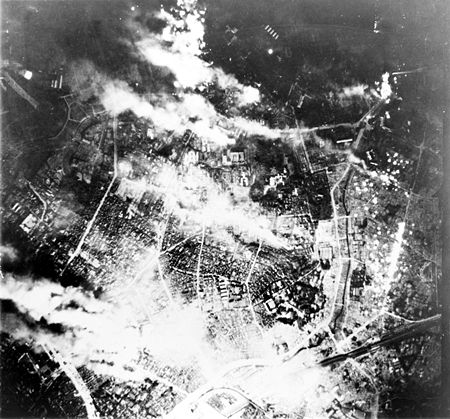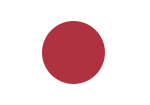Bombing of Tokyo

The Bombing of Tokyo (東京大空襲, Tōkyōdaikūshū) was a series of firebombing air raids by the United States Army Air Force during the Pacific campaigns of World War II. Operation Meetinghouse, which was conducted on the night of 9–10 March 1945, is the single most destructive bombing raid in human history. Of central Tokyo 16 square miles (41 km2; 10,000 acres) were destroyed, leaving an estimated 100,000 civilians dead and over one million homeless.The US first mounted a seaborne, small-scale air raid on Tokyo (the "Doolittle Raid") in April 1942. Strategic bombing and urban area bombing began in 1944 after the long-range B-29 Superfortress bomber entered service, first deployed from China and thereafter the Mariana Islands. B-29 raids from those islands began on 17 November 1944, and lasted until 15 August 1945, the day of Japanese surrender.Over 50% of Tokyo's industry was spread out among residential and commercial neighborhoods; firebombing cut the whole city's output in half. Some modern post-war analysts have called the raid a war crime due to the targeting of civilian infrastructure and the ensuing mass loss of civilian life.
Excerpt from the Wikipedia article Bombing of Tokyo (License: CC BY-SA 3.0, Authors, Images).Bombing of Tokyo
Marunouchi-Muromachi Line, Chiyoda
Geographical coordinates (GPS) Address Nearby Places Show on map
Geographical coordinates (GPS)
| Latitude | Longitude |
|---|---|
| N 35.683333333333 ° | E 139.76666666667 ° |
Address
丸の内オアゾ
Marunouchi-Muromachi Line
100-0005 Chiyoda
Japan
Open on Google Maps









